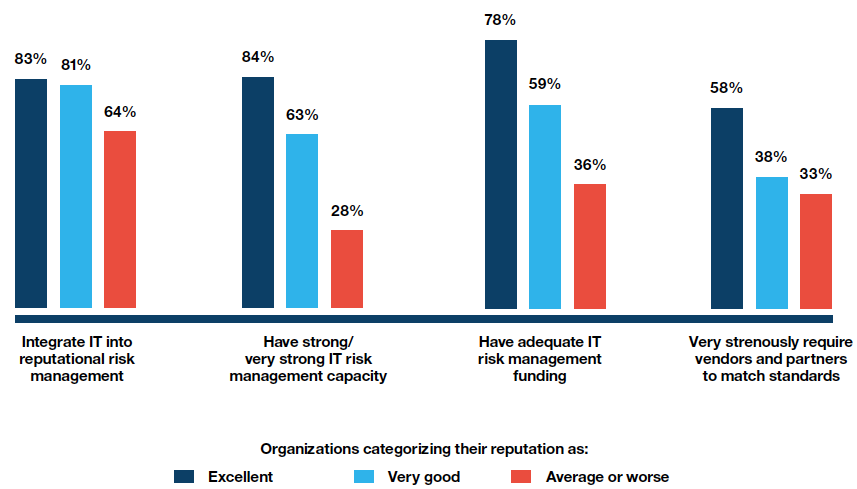
New IBM chief executive Virginia Rometty
In 1981, IBM revolutionized the computer industry — and arguably the world. In introducing its IBM Personal Computer, the company’s goal was to offer a machine capable of competing for sales in a burgeoning market against the likes of Commodore, Apple, Atari and Tandy. But what it really did was create a product that was so successful that its makeup became the standard for all home computers.
Fast forward 10 years. The massive market share of the home computer segment that IBM devoured following the success of the IBM PC, while still substantial, was dwindling. The “IBM Compatible” army of imitators was growing by the year and the company no longer retained the popular cache among consumer to give it any real advantage over “PC Clone” rivals like Compaq and Hewlett-Packard.
It became increasingly clear that the company’s domination of the hardware market was over.
For some companies, this could have been the beginning of the end. But it was merely a new beginning away from the machines that had once been so much at the heart of its business that they not only comprised most of its revenue but one third of its very name, International Business Machines.
Like the long version of its name, however, the past model is long gone. In 2005, IBM made it official, selling off its venerable ThinkPad brand of laptops to Lenovo and culminating a mission began by Samuel Palmisano, who took the top executive spot in 1993, to find a non-hardware-driven way to not just survive, but thrive.
Leaders knew that their company’s long-term success would come from services and software, not hardware. In 2002, the company made its marquee splash into a pool it now dominates, by spending $3.5 billion to purchase PricewaterhouseCoopers’ consulting arm, something the company lists as “the largest acquisition in professional services history.”
And it was largely due to the vision of IBM’s recently appointed new CEO Virginia Rommety.
In 2002, Ms. Rometty championed the purchase of the big business consulting firm, PricewaterhouseCoopers Consulting, for .
5 billion.
The deal was made shortly after [former chief executive Samuel] Palmisano became chief executive and it was seen as a big risk. The PricewaterhouseCoopers consultants were used to operating fairly independently, in a very different culture from the more regimented I.B.M. style of the time. The danger, analysts say, was that the business consultants would flee in droves, leaving the business a shell.
Ms. Rometty was put in charge of coordinating the work of the acquired firm’s consultants with I.B.M.’s technologists, to tailor services and software offering for specific industries. Ms. Rometty, analysts say, worked tirelessly and effectively to win over the consultants. “She did the deal, and she made it work,” Mr. Palmisano said.
This shows two admirable leadership qualities of Rometty: the ability to think long-term and the ability to successfully navigate a tricky merger. Its rare for anyone to be capable of pulling off even one of those tasks. She has done both.
And its not just those inside IBM that see it this way. Outside analysts agree.
Ms. Rometty has led the growth and development of I.B.M.’s huge services business for more than a decade. The services strategy, analysts say, is partly a marketing tactic. But, they add, it also represents a different approach to the technology business, with less emphasis on selling hardware and software products. Instead, I.B.M. puts together bundles of technology to help business streamline operations, find customers and develop new products.
“I.B.M. is selling business solutions, not just products,” said Frank Gens, chief analyst for the technology market research firm IDC. “Rometty has been at the forefront of that effort.
”
And this.
“Ginni Rometty combines performance and charisma,” said George F. Colony, chairman of Forrester Research. “She orchestrated a massive charm campaign to bring the PricewaterhouseCoopers people into the fold. That was the trial by fire for her.”
As its hardware dominance started to wane, the company didn’t panic. Its leaders, notably Rometty, just found new ways to maintain the company’s status as a leader in the tech market. Now, the company is the 18th largest in the country, the 2nd largest tech firm on the planet (trailing only Apply) and the world’s 2nd best brand (according to Interbrand).
Warren Buffet even wants in on the action, yesterday announcing that his company just paid $10 billion for a 5% stake in IBM in a deal that is the “most Berkshire has ever paid for a minority stake in a publicly traded company” and “a massive bet on a technology services company after years of eschewing technology stocks.”
Managing a strategic risk is perhaps the hardest thing for a company to do. It takes considerable vision, and even more effort, to redirect operations in another direction or — harder still — revamp a business model. But any company that thinks it can last for decades doing the exact same thing it has always done is likely fooling itself.
We can all learn a lot about risk management from the IBM turnaround.



